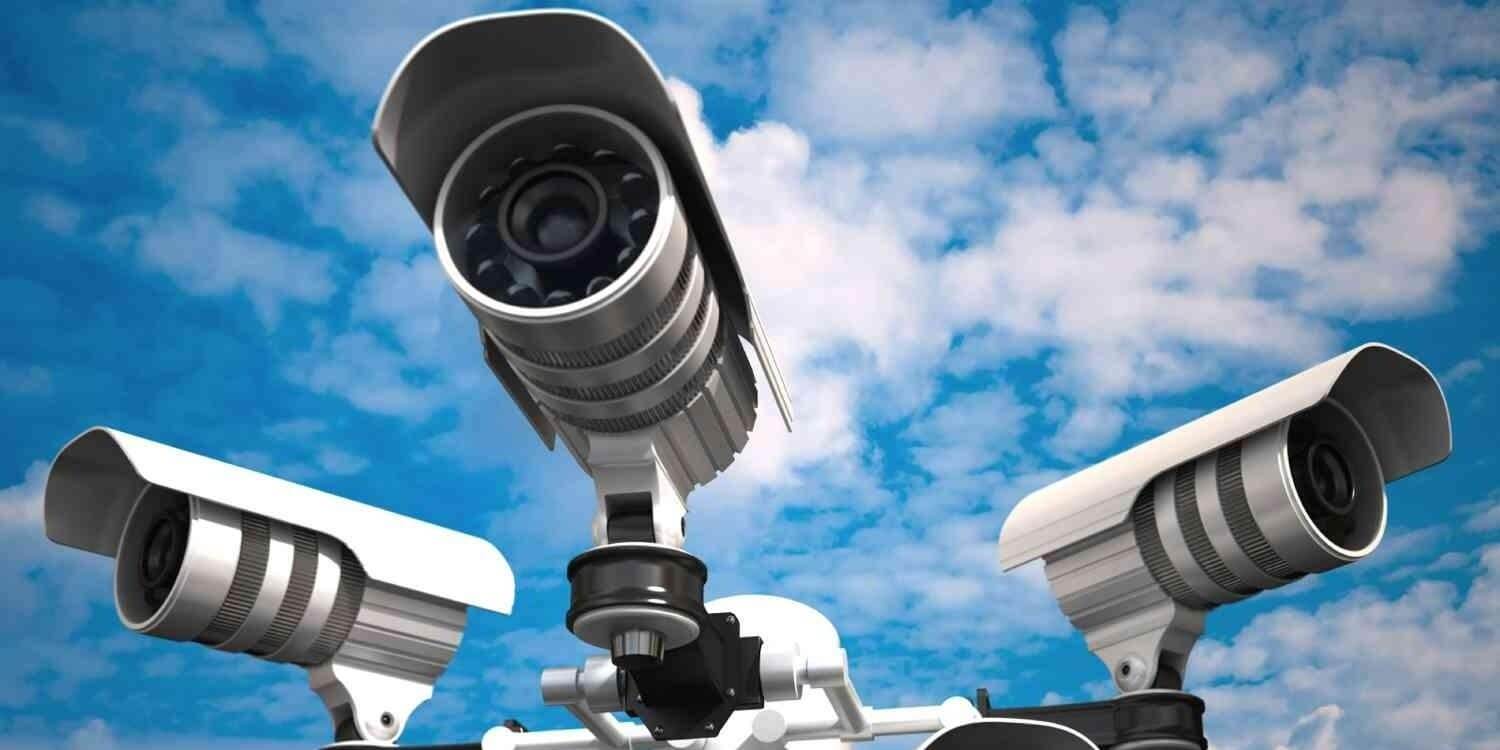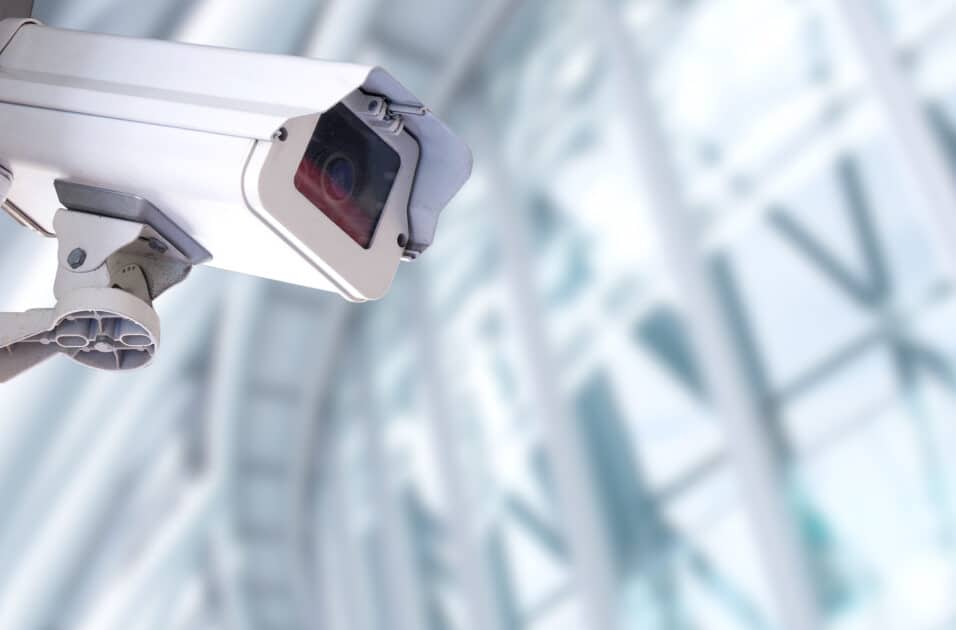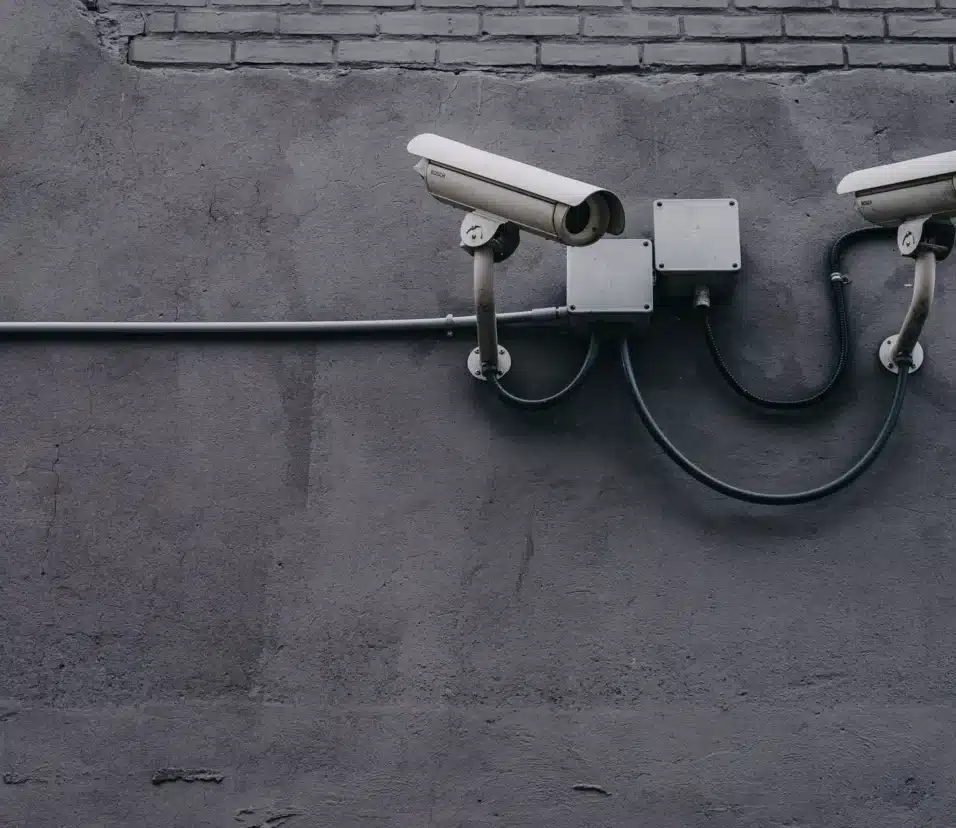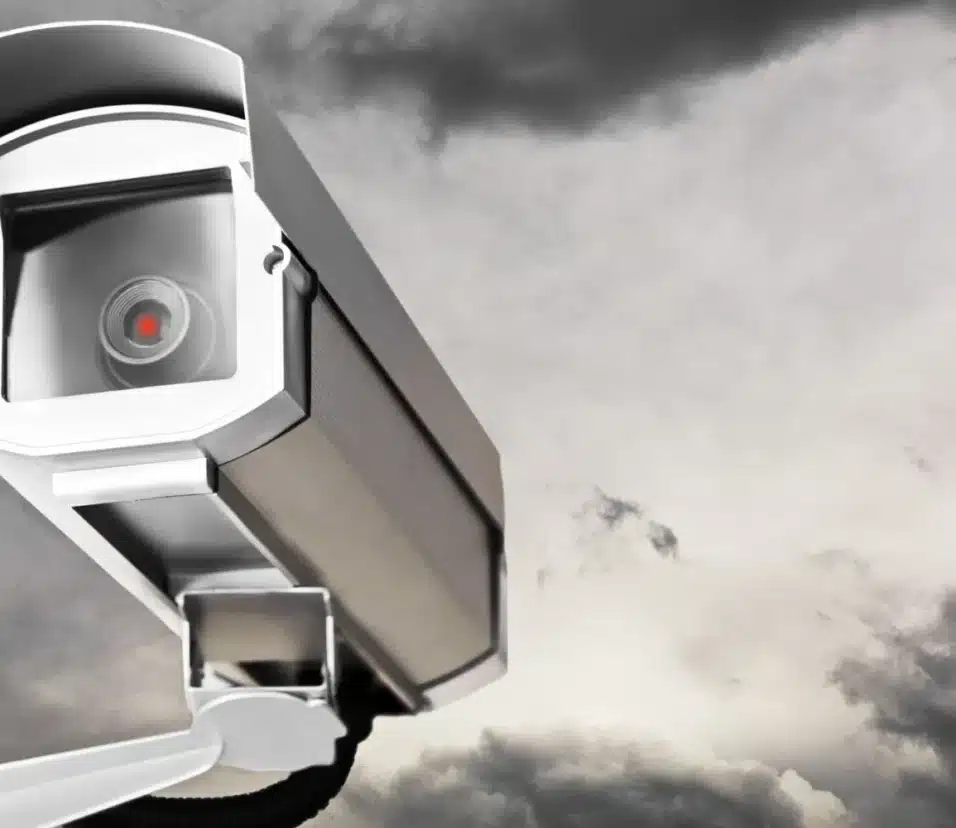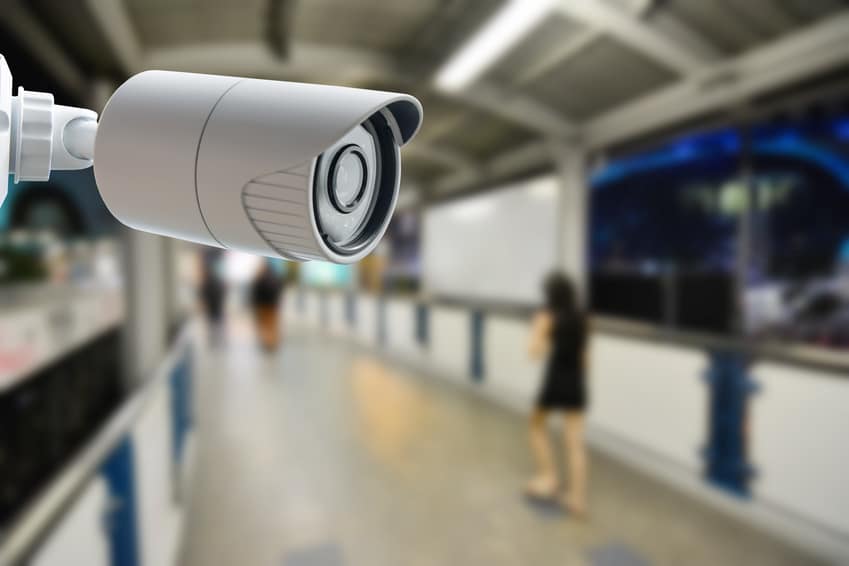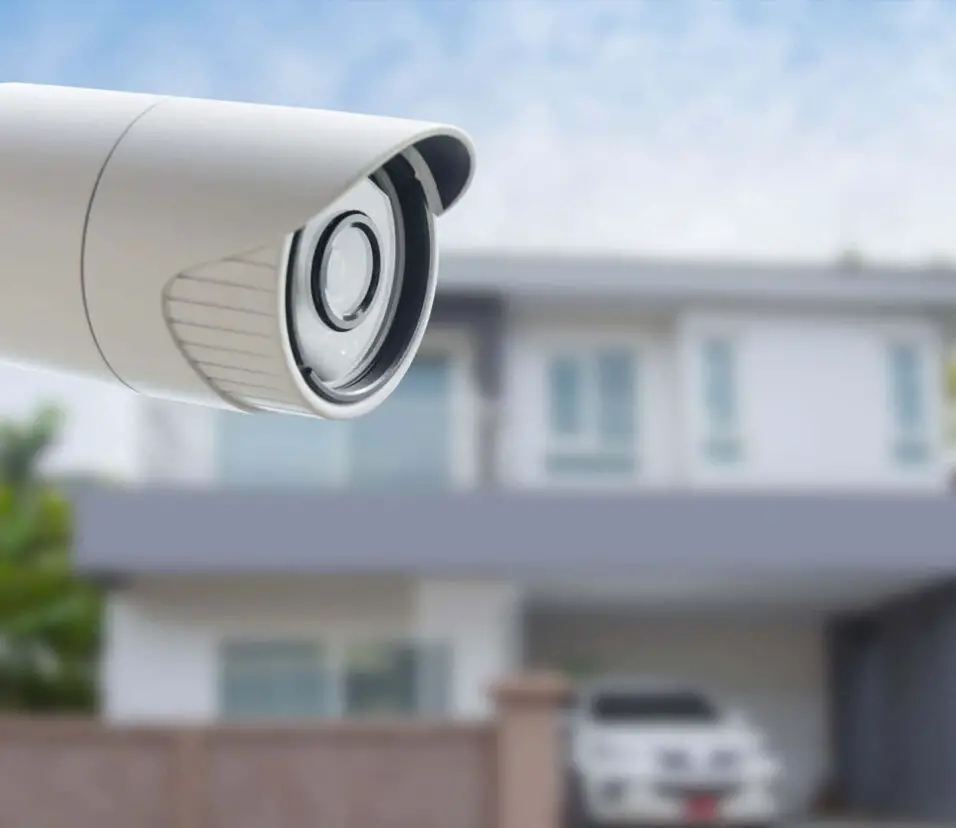What Does Cctv Mean
Introduction
What Does Cctv Mean: CCTV stands for Closed Circuit Television. It refers to a system of video surveillance that uses cameras to transmit signals to a specific set of monitors or recording devices. CCTV systems are commonly used for security and surveillance purposes in various settings, including homes, businesses, and public spaces.
Video surveillance has become an integral part of our daily lives, with CCTV cameras being installed in almost every corner of our cities. These cameras provide a sense of security and help deter criminal activities. They are often used to monitor public areas such as streets, parks, and shopping centers, as well as private properties like homes and offices.
The use of CCTV has significantly increased in recent years due to advancements in technology. Modern CCTV systems are equipped with high-resolution cameras that can capture clear and detailed images, even in low-light conditions. They can also be connected to the internet, allowing remote access and monitoring from anywhere in the world.
One of the main advantages of CCTV is its ability to prevent crime. The presence of cameras acts as a deterrent to potential criminals, as they are aware that their actions are being recorded and can be used as evidence against them. This not only helps in reducing the occurrence of crimes but also aids in the identification and apprehension of offenders.
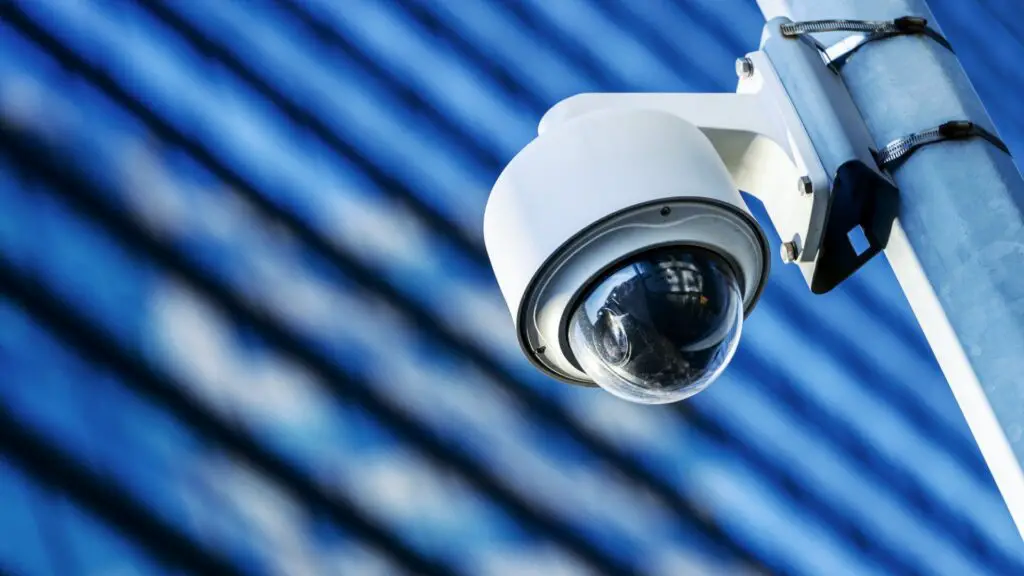
What CCTV means?
closed-circuit television
CCTV means “closed-circuit television” and is commonly known as a video surveillance technology. “Closed-circuit” means broadcasts are limited (closed) to a selected group of monitors, unlike “regular” TV, which can be received and viewed by whoever sets up a reception device.
CCTV stands for Closed Circuit Television. It is a system that uses video cameras to transmit signals to a specific set of monitors or screens. CCTV systems are commonly used for surveillance and security purposes in various settings such as homes, businesses, and public spaces.
CCTV systems typically consist of cameras, monitors, and recording devices. The recorded footage can be stored for future reference or used as evidence in investigations. CCTV systems can be either analog or digital, with digital systems offering higher image quality and advanced features. One of the main advantages of CCTV systems is their ability to deter crime. In addition to security purposes, CCTV systems are also used for various other applications.
What are the 7 components of CCTV?
closed-circuit television
CCTV means “closed-circuit television” and is commonly known as a video surveillance technology.
Closed-circuit television (CCTV) systems are widely used for surveillance and security purposes. These systems consist of various components that work together to capture, transmit, and display video footage. Understanding the different components of CCTV is essential for designing and implementing an effective surveillance system.
Cameras
Cameras are the most crucial component of a CCTV system. They capture video footage of the area under surveillance. CCTV cameras come in various types, including dome cameras, bullet cameras, and PTZ (pan-tilt-zoom) cameras. Each type has its own features and is suitable for different applications.
Lenses
Lenses determine the field of view and zoom capabilities of the cameras. They can be fixed or varifocal, allowing for adjustments in focal length. The choice of lens depends on the desired coverage area and level of detail required.
Image Sensors
Image sensors convert the optical image captured by the camera into an electrical signal. CCD sensors are known for their high image quality, while CMOS sensors are more cost-effective.
Digital Video Recorders (DVRs) or Network Video Recorders (NVRs)
These devices allow for easy retrieval and playback of recorded footage.
Monitors
Monitors are used to display the live or recorded video footage. They come in various sizes and resolutions, and the choice depends on the specific requirements of the surveillance system.
Cables and Connectors
Coaxial cables, Ethernet cables, and power cables are commonly used in CCTV systems.
Power Supply
Power supply units provide the necessary electrical power to the cameras, DVRs/NVRs, and other components of the CCTV system. They ensure uninterrupted operation and are available.
How many days can CCTV record?
Generally, most CCTV Footage gets stored for 90 days. However, every setup is different, and footage storage needs too. So, learn more about CCTV cameras, the storage part, or buying the right system with Western Digital. Call our experts to know more!
CCTV cameras are widely used for surveillance and security purposes in various settings such as homes, businesses, and public areas. One of the common questions that arise when considering CCTV installation is how many days the system can record.
The storage capacity of a CCTV system is typically measured in terabytes (TB) or gigabytes (GB). This capacity determines how much video footage can be stored on the system’s hard drive. The higher the storage capacity, the longer the system can record before the storage becomes full.
Another factor that affects the recording duration is the video quality. Higher video quality requires more storage space, which means that the system can record for a shorter duration. For instance, a CCTV system recording in high-definition (HD) or 4K resolution will consume more storage space compared to a system recording in standard definition (SD).
The number of cameras connected to the CCTV system also impacts the recording duration. Each camera captures video footage, which adds to the overall storage requirements. Therefore, a system with multiple cameras will have a shorter recording duration compared to a system with only one camera.
Does CCTV have cameras?
Closed-circuit television (CCTV), also known as video surveillance, is the use of video cameras to transmit a signal to a specific place, on a limited set of monitors.
Yes, CCTV (Closed Circuit Television) systems do have cameras. In fact, cameras are the most essential component of a CCTV system. These cameras are specifically designed to capture and record video footage of a particular area or location. They are strategically placed in areas where surveillance is required, such as public spaces, commercial buildings, and residential areas.
The cameras used in CCTV systems come in various types and designs, each with its own set of features and capabilities. Some common types of CCTV cameras include dome cameras, bullet cameras, PTZ (Pan-Tilt-Zoom) cameras, and covert cameras. Dome cameras are typically used for indoor surveillance and are characterized by their dome-shaped housing, which allows for discreet monitoring. Bullet cameras, on the other hand, are designed for outdoor use and are known for their long-range capabilities.
PTZ cameras are more advanced and offer the ability to pan, tilt, and zoom, allowing for greater flexibility in monitoring a specific area. These cameras can be controlled remotely, either manually or through automated presets. Covert cameras, as the name suggests, are hidden cameras that are disguised as everyday objects, making them ideal for covert surveillance operations.
Does CCTV camera record voice?
Can CCTV Cameras Pick Up and Record Sound? In short, yes, they can. CCTV cameras can record audio, although this works differently depending on whether you have IP CCTV cameras or more traditional analogue cameras. Analogue cameras need to have audio input directly through the DVR (digital video recorder).
Yes, CCTV cameras are capable of recording voice along with video footage. CCTV stands for Closed Circuit Television, and these cameras are widely used for surveillance and security purposes. Some CCTV cameras may have a built-in microphone, while others may require an external microphone to capture audio. Additionally, the audio quality may also vary depending on the camera’s specifications and the surrounding environment.
It is essential to consider legal and ethical implications when using CCTV cameras with audio recording capabilities. Laws and regulations regarding audio recording may vary from country to country and even within different states or regions.
CCTV cameras can indeed record voice along with video footage. The ability to capture audio can provide additional information and evidence in surveillance and security scenarios. However, it is important to consider the specific camera model, audio quality, and legal requirements when using CCTV cameras with audio recording capabilities.
CCTV stands for Closed Circuit Television. The footage captured by CCTV cameras can be viewed in real-time or recorded for later review. It plays a crucial role in enhancing safety, deterring criminal activities, and providing valuable evidence in investigations.
Can you explain the acronym CCTV?
CCTV stands for Closed Circuit Television. It is a system that uses video cameras to transmit signals to a specific set of monitors or screens, allowing for surveillance and monitoring of a particular area or location. The term “”closed circuit”” refers to the fact that the video signals are not publicly distributed but are instead transmitted to a limited number of monitors or screens.
CCTV systems are commonly used for security and surveillance purposes in various settings such as homes, businesses, public spaces, and even on roads and highways. These systems can help deter criminal activities, provide evidence in case of incidents or crimes, and enhance overall safety and security. They are often used in conjunction with other security measures like alarms and access control systems.
What does CCTV stand for?
CCTV stands for Closed Circuit Television. CCTV systems are commonly used for security and surveillance purposes in various settings, including public spaces, businesses, and residential areas. They serve as a deterrent to potential criminals and can help in the identification and apprehension of individuals involved in illegal activities. Additionally, CCTV systems can be used to monitor and ensure the safety of employees, customers, and the general public.
With advancements in technology, CCTV systems have evolved to include features such as high-definition video recording, remote access via the internet, and motion detection capabilities. These advancements have significantly enhanced the effectiveness and efficiency of CCTV systems in capturing and analyzing video footage.
What is the meaning of CCTV?
With the advancement of technology, modern CCTV systems often include features such as motion detection, facial recognition, and remote access. These additional capabilities enhance the effectiveness and convenience of CCTV, making it an essential tool in various industries, including law enforcement, retail, transportation, and more.
Please clarify the meaning of CCTV?
This means that only people who are allowed to and have access to the monitoring tools or recording devices can see the footage that CCTV cameras take. Security cameras are being used more and more in public places, businesses, and residential areas because they help stop crime, keep an eye on what’s going on, and make general safety better. Closed Circuit Television, or CCTV, is a type of video security system that uses cameras to watch and record what’s going on in a certain area.
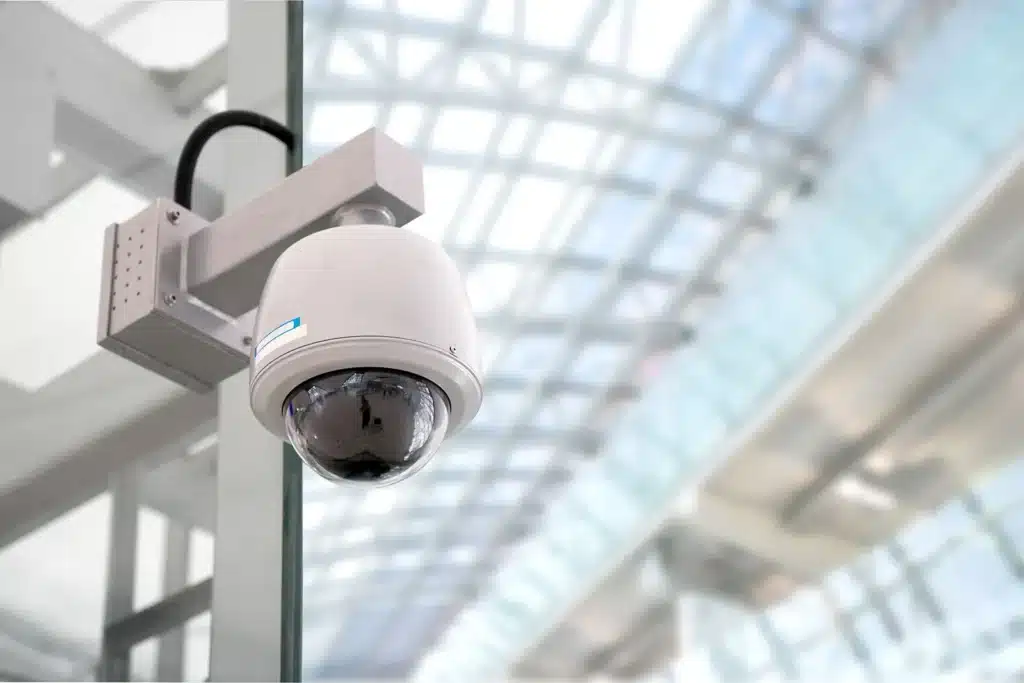
Conclusion
CCTV stands for Closed Circuit Television. It is a system of video surveillance that uses cameras to monitor and record activities in a specific area. CCTV has become an essential tool in enhancing security and safety in various settings, including homes, businesses, and public spaces. One of the main advantages of CCTV mean its ability to deter crime. The presence of cameras can act as a deterrent to potential criminals, as they are aware that their actions are being recorded and can be used as evidence against them. This can help reduce the occurrence of crimes such as theft, vandalism, and assault.
CCTV provides valuable evidence in the event of a crime or incident. The recorded footage can be used by law enforcement agencies to identify and apprehend suspects, as well as to gather evidence for court proceedings. This can greatly aid in the investigation and prosecution of criminal activities. CCTV can also be used for monitoring and managing traffic flow, ensuring public safety during events or gatherings, and improving overall security in public spaces. It allows for real-time monitoring and quick response to any suspicious or dangerous situations, helping to prevent potential threats and maintain order.
CCTV plays a crucial role in enhancing security and safety in various settings. Its ability to deter crime, provide valuable evidence, and aid in monitoring and managing public spaces makes it an invaluable tool in today’s society. As technology continues to advance, CCTV systems are likely to become even more sophisticated and effective in ensuring the well-being of individuals and communities.



